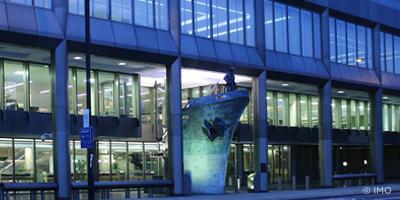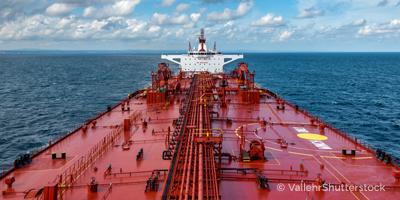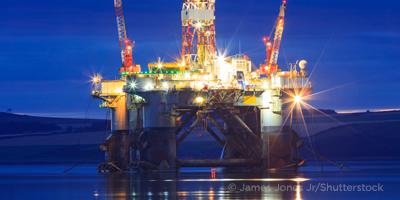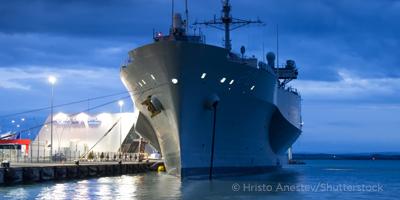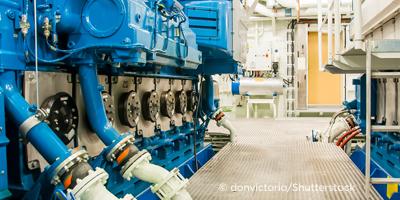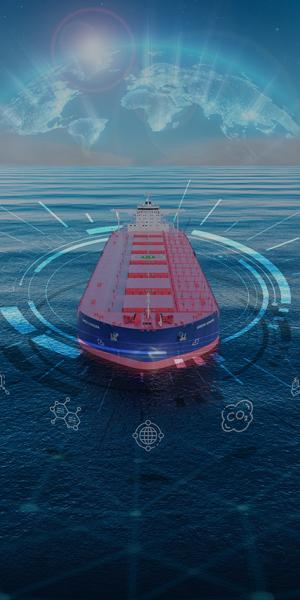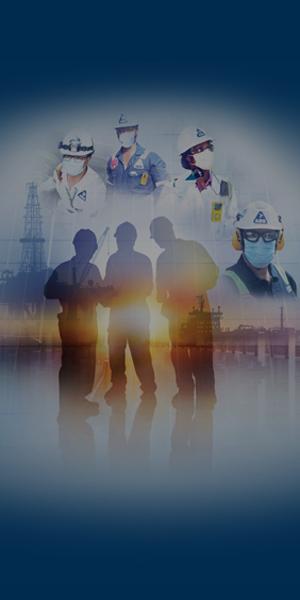Quick Links
- Rules and Resources
-
Services
Quick Links
Sustainability and Decarbonization- Energy Efficiency Existing Ship Index (EEXI)
- Sustainability Reporting and Assurance
- Simulation-based Energy Efficiency Evaluation Service (SIM EEE)
- Greenhouse Gas (GHG) Rating Improvement
- Greenhouse Gas Inventory and Carbon Accounting
- Carbon Capture, Utilization, and Storage (CCUS)
- Alternative Fuel Options
- Alternative Power Sources
- Marine Sustainability
- Offshore Sustainability
- Green Shipping Corridors
- Methanol Value Chain
- Gas
- Carbon Intensity Indicator (CII)
- Ammonia Value Chain
- Carbon Diligence Platform
- Marine Sustainability
-
Innovation and Technology
Quick Links
-
News and Events
Quick Links
-
About
Quick Links
- Rules and Resources
- Services
- Innovation and Technology
- News and Events
- About Us and Careers
- Rules and Resources
- Rules and Guides
- Regulatory Updates
- Advisories and Debriefs
- Flag and Port State
- Engineering Software
- Engineering Reviews
- ABS MyFreedom™ Portal
- Databases
- Forms
- Services
- Classification
- Approval and Certification
- Company and Ship Audits
- Global Marine
- Global Offshore
- Global Offshore Wind
- Global Government
- Sustainability and Decarbonization
- Digital Solutions
- Cybersecurity
- Maritime Training
- Innovation and Technology
- Technology Advancement
- Academic Engagement
- Industry Partnerships
- Data and Digitalization
- Knowledge Center
- About Us and Careers
- Who We Are
- Safety
- Careers
- Contact Us
ABS Issues Industry Advisory on Ballast Water Treatment Technologies & Regulations
(Houston, TX) ABS has published a Ballast Water Treatment Advisory to assist the industry in better understanding the evolving ballast water management (BWM) and treatment regulations, with an emphasis on providing practical guidance for shipbuilders, owners and operators on how to prepare for the selection, installation and operation of an appropriate treatment system for different ship types.
BWM has become an important environmental issue for the shipping industry in the face of an increasing number of international, regional and local regulations designed to prevent the introduction of nonindigenous invasive species into local waters and ecosystems.
To address the problem of invasive species, the International Maritime Organization (IMO) adopted the Ballast Water Management Convention in 2004. However, the IMO was forced to defer the implementation date as effective, viable treatment systems still needed to be developed, tested and approved. At present, the convention has yet to reach the required number of signatories for formal ratification, leaving an opening for other entities, ranging from national to State governments, to introduce parochial legislation, some of which imposes discharge standards that are much stricter than the IMO standard.
In the meantime, a burgeoning number of commercial systems have now been developed and have either been approved as meeting the IMO requirements or are in the final stages of gaining type approval. “The ballast water management regulations can be confusing for shipowners because they contain many unresolved and complex issues,” said Kirsi Tikka, ABS Vice President, Global Technology and Business Development.
“What we have attempted to do with this Advisory is to gather practical information relating to both the principal regulatory developments and the types of treatment systems and not only provide this but to also highlight the many technical and design considerations that an owner should take into account for both retrofitting ballast water treatment systems to existing vessels or when specifying the design of a newbuilding.”
Even so, Tikka points out that although the IMO has now concluded that the technology and systems are available to treat ballast water, “questions remain as to how these systems will perform in actual operation, in particular those systems selected for installation on vessels such as large tankers and bulk carriers that handle very large quantities of ballast. There is still much to be learned from in-service experience.”
The 48-page Advisory is the second in a series of environmental communications from ABS. The first, the ABS Fuel Switching Advisory Notice, was released in March and addressed the issue of burning low sulfur fuel in the new Emission Control Areas (ECAs). The Ballast Water Treatment Advisory is divided into five sections covering regulatory developments, treatment technologies; considerations for system selection, including the volume of ballast water to be treated, installation and operational considerations; evaluation checklists; and a technical summary of the principal systems currently available on the market.
Copies of the Advisory are available in hard copy from ABS offices or are available for download from the ABS website within Resources, Booklets & Bulletins.
Founded in 1862, ABS is a leading international classification society devoted to promoting the security of life, property and the marine environment through the development and verification of standards for the design, construction and operational maintenance of marine-related facilities.
© 2023 American Bureau of Shipping. All rights reserved.





